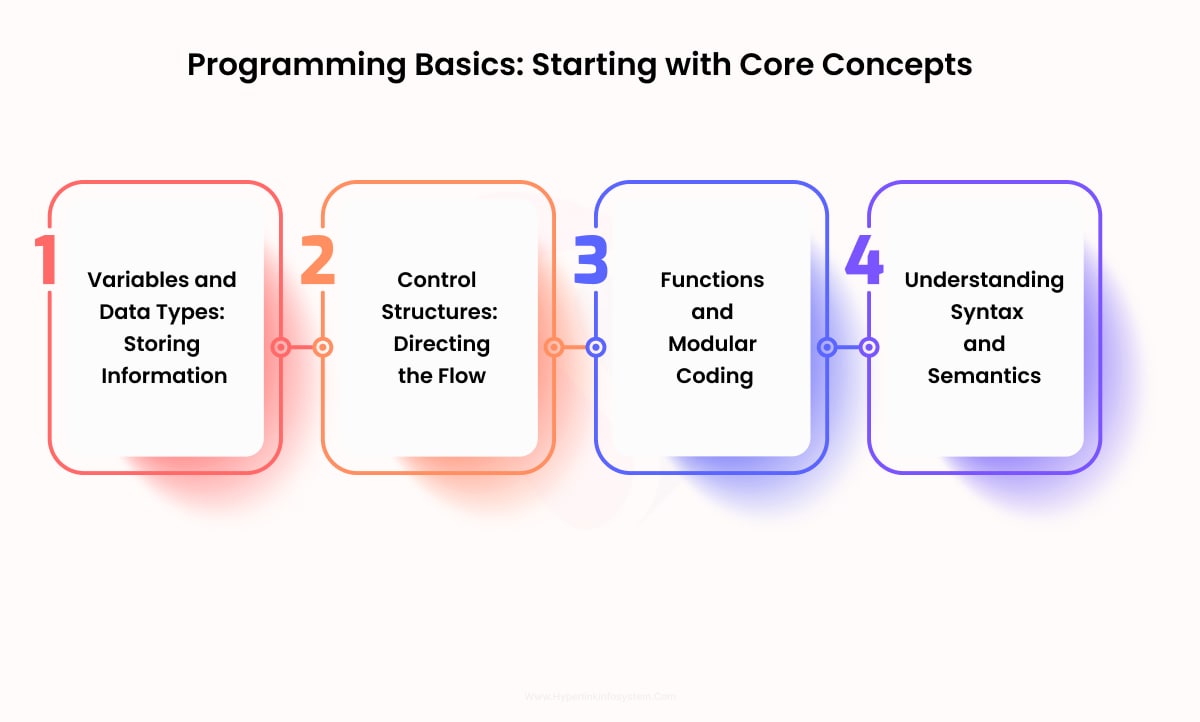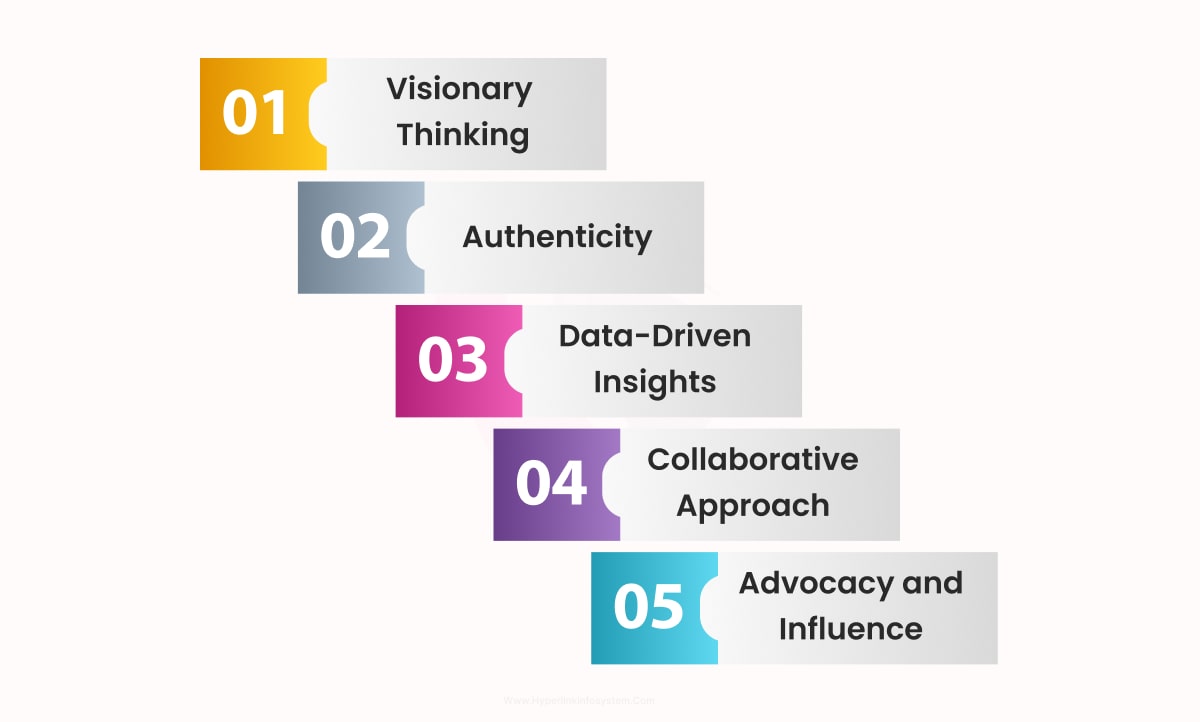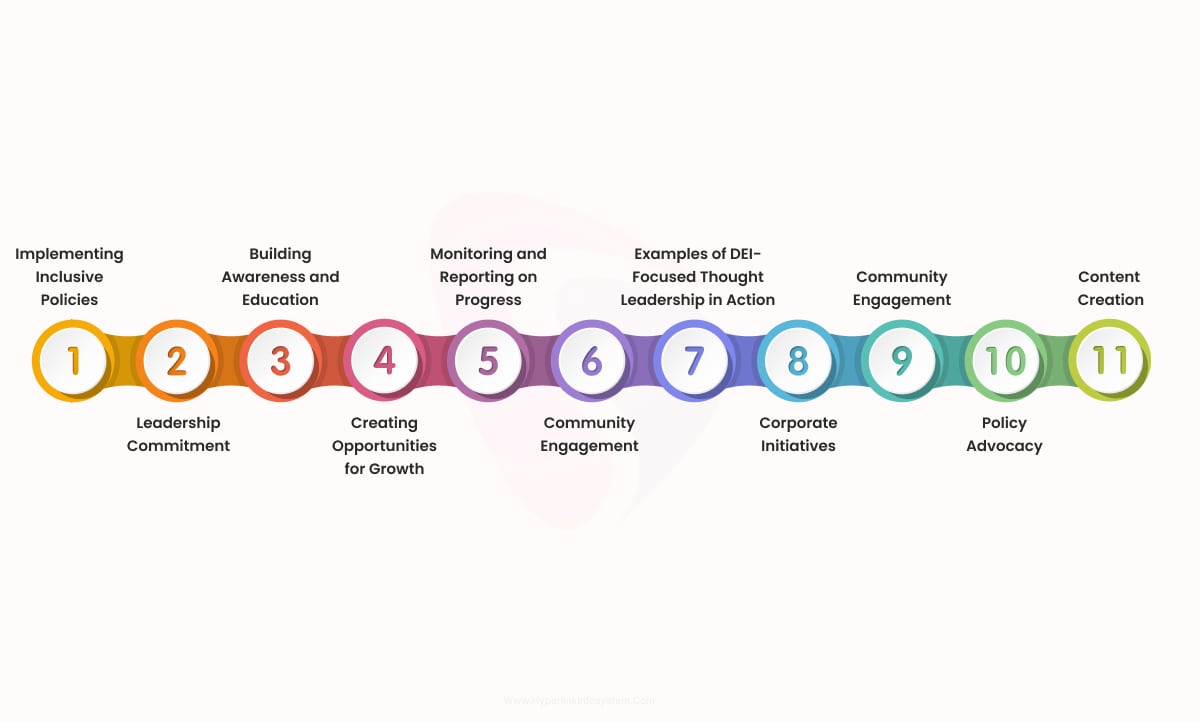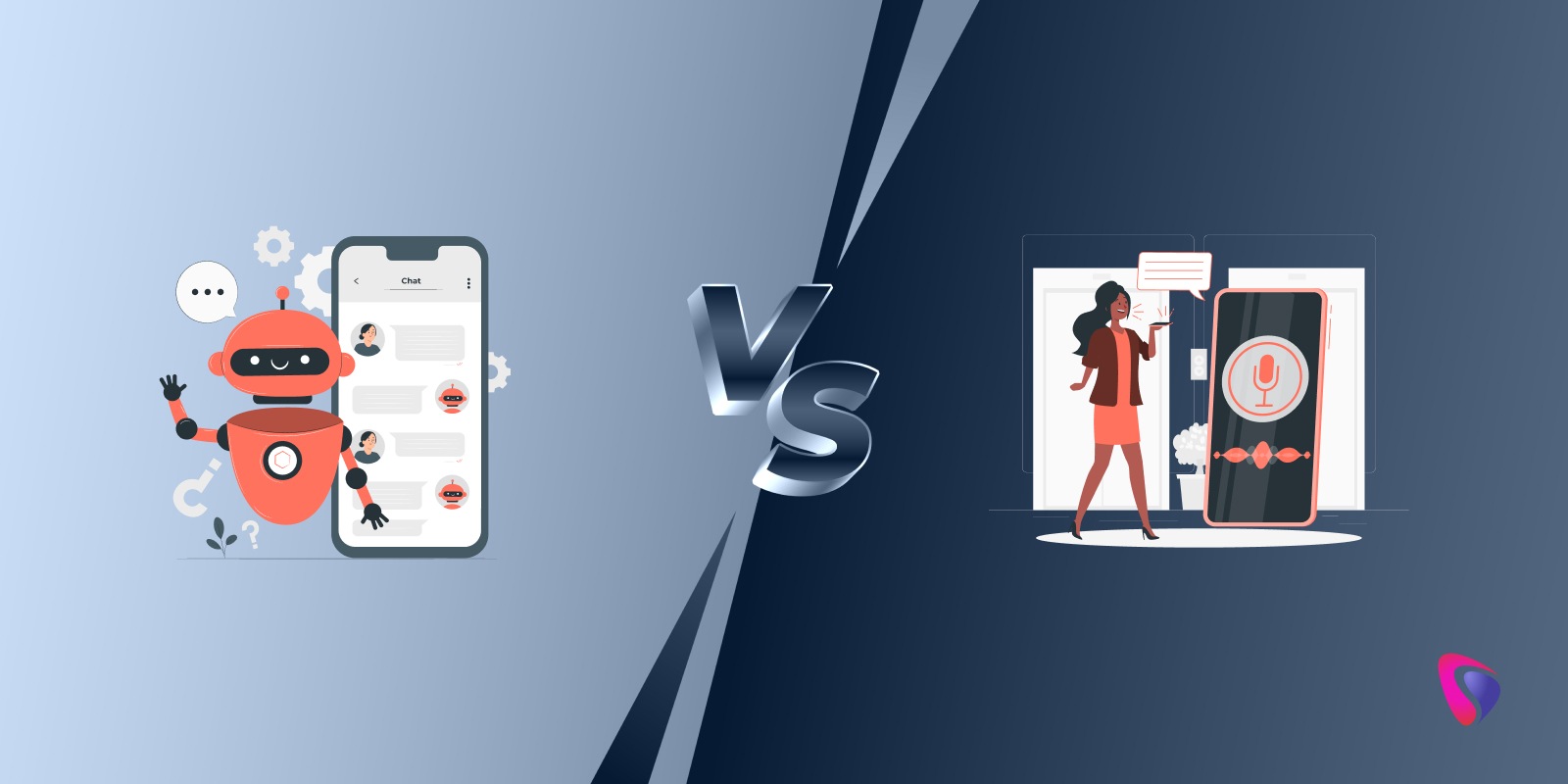
Everyone nowadays is looking for the next big thing, some ideas are good, some are unusual or even unrealistic. But even the good ones lack a comprehensive body of research. The environment for any business currently is pretty hypercompetitive, and an idea needs a great deal of intellectual fortitude, effort, and a hefty amount of investment. Especially if you want to venture off into the business of curating a custom app for your business.
In a world where everything is pretty much digital, mobile apps have become the cornerstone of success. Coming up with the best mobile app ideas is the first step to unlocking the best of your creativity. You’re already halfway there towards creating a product that could be life-transforming. Let's say you have had a great idea for an app, but what next? They say that the best creations of life are born from mere ideas. Having an app idea is crucial since it reflects our creative capacity. Ideas demonstrate our ability to go beyond the current set of structures and activities. Despite all these anomalies, some ideas lack overestimation. This kind of phenomenon is clearly prevalent in the area of mobile applications.
Apart from being a popular endeavor, curating innovative mobile applications sounds like the coolest idea anyone can have, but converting an app idea into a tangible product is where all the craziness begins. From meticulous planning to execution to ongoing refinement, this article will cover all the key steps involved in the development process of a mobile app, delivering a comprehensive roadmap for app development companies.
Step By Step Guide On How To Develop An App Idea
Whenever you wish to hire iOS developers, Android app developers, or even hire a developer for your app development needs, you must be aware of curating front-end and back-end components, which both have several phases. Begin by choosing the platform (iOS or Android) and whether it matches your development needs and another criterion. These specifications include prototyping, development, UI/UX design, testing, and ongoing maintenance. Throughout the entire planning phase, the team works on the concept framework from every viewpoint, including the problem an app is solving, its marketing perspectives, unique selling points, and other factors that make it viable. This step also takes care of the marketing and further promotion strategies. Following this, the release is done, and additional technical assistance is required.
Step 1: Understand your Audience and Conduct Competitive Market Research
Even before you hire a developer to build the right concept, it's important to start by identifying the “pain points” of your target audience. Start by getting acquainted with competitors. Before calling a team of experienced Indian app developers or cross-platform app development companies, try to look up all available material on the Internet. Firstly, browse through the currently popular applications in the targeted sector to understand the main players. It's important to find an emerging market that resides in your chosen niche area and focus on it.
If you want to compete with giants of any genre, you need to put in a significant amount of time and effort into producing visuals and curating a distinctive concept. Before you dive into anything too solid, it's vital to crystallize your app idea. Start by asking yourself the following questions:
What problem is your app solving?
Each great app fulfills an expectation or resolves an issue for its intended target group. Consider the pain points you're addressing before you approach a mobile app development company.
Who is your target audience?
Determine exactly who is going to benefit from your application's features, such as particular groups or industry sectors.
What will your app's core features be?
Most businesses start that app with a Minimum Viable Product (MVP) —the primary functionality that distinguishes your app from others. You can also start by drawing and sketching your app idea out in detail to pinpoint key user interactions or even a vision board for better visualization.
Step 2- Finalize Unique Selling Points
Applications have many identical functionalities that are rudimentary to all, but the Unique Selling Point (or USP) is what will make your product stand out in the market. Similarly, buyers also don't get the time to understand a product's "extraordinary uniqueness," hence, it should effectively answer a particular need. It's important to pinpoint all comparable concepts to yours currently flocking the market and evaluate their functionality utilizing the below criteria:
- Product pros and cons
- Primary features
- Product price point
- Value
- User Reviews and accomplishments
- Diminutive details
Step 3- Assemble a Well-thought-out Business Strategy
A properly drafted business plan is inclusive of a bundle of basic elements, all of which come together to provide your business with a more guaranteed chance for success. Your project's brief should be filled with a precise overview of your entire app's concept in addition to proven data-pointed statistics of key market research to support the credibility of your app idea. It's also important to conduct a SWOT analysis (strengths, weaknesses, opportunities, and threats) to identify actual challenges and prospects for your undertaking. An additional vital element is a thorough technical task (TT) that describes features, components, and use cases. This should be inclusive of all of the efforts directed to bring your vision to reality. Having properly planned profit and loss statements indicates the prospective financial viability of your firm.
The total cost for any Android app development or iOS app development that is quoted by mobile app development companies is based on numerous factors affecting it, such as the all-around complexity of projects, the number of developers working on it, custom components, or illustrations. Additionally, the upgrade phase of the app development project needs an individual budget for marketing and advertising. For mobile app development, you can choose or add your choice of monetization model, and potential options like subscription, freemium, pay-per-use, and more.

Step 4- Resource and Team Gathering
It's vital to determine a suitable business with pertinent mobile design and professional development experience for your app development requirements. You can't just go with any random mobile app development company and start to hire dedicated developers. It's vital to connect with qualified specialists who understand how different industries perform and boast expertise apps that are focused on those disciplines. This also includes market research of the current competitive landscape. In order to hire Indian app developers, it is crucial to check their portfolios and chat directly with them to understand the kind of mobile development services they offer or have worked on. You can also check their reviews on official platforms like Clutch, Reddit, Ambitionbox, and Glassdoor. It's also important to ask the following questions before approaching during the research and resource-gathering phase:
Is there an app already doing this?
Look out for similar field competitors in the app stores and even online. Determining their operational methodologies will help you make an app that's unique.
Are there any current market trends?
Conduct proper research about trends in app design, user behavior, and technology.
What's the user feedback on the same?
Browse through reviews of similar apps to comprehend user expectations and other hassles. This assessment will evaluate your feature set and usability improvements. For analyzing the current market scenario and competition, Google Trends, App Annie, and Sensor Tower are the best tools at your availability.
Be mindful of subtleties and sidesteps letting sales managers hurry you with the pitch to hire Android app developers from them. Study the market ahead of time to select the approximate rates for provided benefits. If they appear unusually affordable, there's probably a reason behind it. Question about deliverable timeframes; intelligent work cannot be concluded in a few weeks, particularly when contemplating a large undertaking.
Step 5- Prototyping and Idea Validation
After the research and statistical analysis of the market, you will acquire a clear vision to create your first prototype or project wireframe. Prototyping helps in better visualization of your user interface (UI) and user experience (UX) elements.
Low-Fidelity Prototype: Begin with simple and not-so-complicated wireframes or illustrations of the app display screens.
High-Fidelity Prototype: After your concept starts to mature, it's time to move on to interactive prototypes by utilizing proper illustration tools like Figma, Sketch, or Adobe XD.
For validating your idea, you can start by sharing your prototype with friends or industry peers for feedback on usability and design. This process should be done before you approach investors with your app idea or even before you hire app developers. From confirming the app demands in the market to gathering feedback from your target audience, utilizing tools like SurveyMonkey and Google Forms can get you the actual statistics. Start by building an MVP (Minimum Viable Product) that is a basic version of your app with the most instrumental features. This allows for better concept testing with real users minus the complete development costs. Then comes the pitching of ideas to advisors and investors while obtaining feedback from business mentors, technical experts, and other potential investors. This helps in gaining critical insights into the viability and the level of funding you can attain for your app idea. For starters, you can begin with platforms like BetaList and Product Hunt to attain early users and quick market feedback.

The Top 5 Things for Mobile App Development
- Niche Market Research
- MVP Prototype
- Uncomplicated UI/UX
- Hire Dedicated Developers
- Launch and Periodic Upgrades
Step 6- Don't Complicate the UI/UX Design
Whenever you hire a developer for your Android app development or iOS app development, ensure that you keep your UX/UI design as less complicated and user-friendly as possible. Think about all the other apps you use on your phone and figure out the kind of features you might want to implement on it. If your app is difficult to navigate, users will give up quickly and move on to a more easy one and not proceed to buy the membership or subscribe to premium features. For example, if you're designing an app that's curated to track certain metrics and charts but that exact functionality is difficult or filled with irrelevant information, it's doomed to be unsuccessful. Apps are created to sort people's lives and make it easier to optimize daily tasks and not play a brain puzzle on which button to press for the next step to happen.
Ensure that your UI/UX designer understands what exactly you want, what your target audience wants and what's the current industry demand trend. Collecting this data will help you curate suitable and relevant wireframes. Wireframes are positioned in a logical order and imitate the user’s path within the application. Once the wireframes are assumed can they form the footing for future UI configuration that meets both the tone of branding and functionality standards. At this stage, all brand elements, such as colors and typefaces, are chosen.
Step 7- Development Process Planning and Task Distribution
Post the idea validation of your app comes the development phase. Whether you're partnering with Indian app developers or approaching dedicated developers across regions, choosing the right platform, aka iOS, Android, or cross-platform solution, depends on your budget and target demographic. Whether you opt for in-house development or hire app developers, the correct technical skills are paramount. Many businesses use portals like Upwork, Freelancer, or Clutch to find a reputed mobile app development company or hire dedicated developers. It is also important to have a brainstorming session with developers to understand the top programming languages and frameworks for deployment for both Android and iOS. There should be specific milestones for different phases:
- Design
- Front-end
- Back-end
- Testing
Bonus Tip: If you decide to outsource your mobile development, be sure the contract includes everything from intellectual property rights to timetables and payment constraints.
For the programming step after display development, it's vital to consider your long-term needs. For instance, prepare your system design to be accommodating to a growing user base with proper scalability measures and even heavy load management. Both the front end and the back end are what users interact with, and the latter powers the program. The front end is the look and feel and what makes the app seem "alive," and app developers in India should keep in mind various screen sizes and resolutions all while properly utilizing any gutter space within the app. Furthermore, your developers should verify that the program can be operated offline while saving data while also keeping in mind that the basic features like swipes, scrolling, and animations can't be affected online.
Coming to the aesthetics and user comfort part, don't miss out on pleasing designs that match your brand's tone and voice to attract attention. All this happens in the backend, with primary factors such as how quickly it loads and responds to queries. If the user feels your app's taking too long to respond or acts sluggish, they'll get annoyed and seek alternative apps. For a more streamlined app feel, you must hire Android app developers who can optimize their code and consider caching. Additionally, they must schedule frequent refactoring to eradicate future troubleshooting problems. Of course, the conditions for each app anyone creates are different. For example, if you're targeting a transnational market, you'll need to account for changes in time zones while sending push notifications.

Step 8- Curate a Comprehensive Marketing Strategy
The key to crafting a successful marketing strategy lies in deeply understanding your target audience (TA). This also ensures an effective app promotion. Evaluate their interests, population demographics, and digital behavior to personalize your marketing campaigns. Each cent spent on advertisement ought to yield concrete benefits, so manage your money wisely. Timing is another crucial element to consider if your app aligns with seasonal trends or any kind of particular event like holidays. Advanced app launches can generate curiosity and maximize visibility, and if time is of the essence, you can always start by releasing a minimum viable product (MVP) for enhanced feedback and then later iterate on improvements.
Please remember that launching an app is just the commencement part, while the ongoing marketing efforts are what will help you retain visibility and attract new users. App promotion budgeting is possible via some freely available integration, but a successful promotion needs a substantial financial investment. Curate a dedicated marketing budget that takes care of multiple channels and each platform's yearly, monthly, and weekly, costs. For further marketing effort maximization, you can consider partnering with experienced app development companies like Hyperlink InfoSystem. Apart from these freelancers who can deliver valuable guidance and expertise such as:
- SEO experts
- PPC specialists
- Outsourced marketing managers
- Copywriters
- UI/UX Designers
Harnessing Powerful Promotion Tools
- Contextual Ads: Google Ads specifically allows you to target active users by utilizing SEO-relevant keywords, guaranteeing that your ads are reaching the right audience.
- YouTube: A messiah of social media marketing, YouTube helps you utilize targeted advertising on relevant channels or better create your personal brand channel to promote the app using engaging content.
- App Store and Google Play Advertising: For better organic visibility and downloads, focus on ASO to reach the highest potential of these platforms.
- Social Media: Implement customized advertising and influencer marketing collaborations to connect with the demographic you want.
- Thematic Communities: Place commercials or participate in conversations on suitable websites and discussion boards to reach out to your target demographic.
Step 9- Fix Bugs, Collect Feedback, and Push Regular Updates
The primary responsibility of any mobile app development company
Here is to ensure that everything functions properly, reliably, and securely. Everybody who has ever deployed software, especially programming engineers, is aware that it is impossible to predict and avoid every potential mistake. There are just many factors to consider, such as device count, operating system, size of display, and loaded program settings. Even the efficiency levels for particular gadgets could vary substantially. That is why the Quality Assurance (QA) department's primary responsibility is to recognize and correct any potential issues. Testing is important; lacking it, every piece of software would be faulty and unreliable. Additionally, not all defects are discovered during the preliminary testing stage for a variety of reasons, but this is nothing to worry about because post-release troubleshooting is accepted practice. Hence, the need for post-release technical support is considered vital.
To get the most authentic reviews on your app, consider providing multiple feedback methods that are straightforward, readily available, and quick. A live chat with a customer support team while also using AI engagement is an excellent option, but it demands particularly major spending, which not all companies are willing to make. If you're barely getting started on your app, it can be useful as your user base grows in the future. However, for larger firms, this alternative is often necessary. Providing a chat feature is often more effective than using email since it facilitates interaction in real-time. This is particularly helpful when tackling technical challenges or inquiries requiring more than a straightforward yes or no reply. For these generic queries, a chatbot is also a potential choice.
Email communication can be inconvenient for consumers who expect rapid responses or are not so tech-savvy, but it is a viable option if you are regularly encountering non-urgent situations or difficulties that demand more extensive clarification. In many circumstances, people consent to waiting a little time for an answer, and possessing their contact details on hand might be useful during subsequent conversations. Finally, the ideal strategy for enhancing the user experience is to offer numerous support channels at the same time and empower consumers to select the one that most closely suits their requirements.
Comparison Table: In-House vs. Outsourcing Development
| Affecting Factors | In-house Development | Outsourced Development |
|---|---|---|
| Cost | High fixed cost (tools, salary, and equipment) | Flexible and contract-based |
| Expertise | Depends on in-house team’s experience and capability | Wider access to multiple modern skill sets |
| Control | Complete process control | Limited and restricted process control |
| Time to Market | Generally slower | Quicker due to team experience |
| Maintenance | Updates managed by the in-house team | Requires ongoing contracts |
Step 10- Keep Improving Your App
Keep improving your offering in order to keep them coming back for more. In the end, remember releasing a product is only half the battle. Make sure you implement behavioral analytics and track your consumers' app activity. Tracking your average app downloads is a good start, but daily fresh users by categorizing them into days and months will let you know how helpful the app is. Stickiness is a metric that indicates how likely users are to return to the application you created. Stickier apps are often more lucrative and yield a better return on investment.
Anyone involved in iOS app development or Android app development who has attempted to comprehend a collection of these numbers understands that it is not always a simple undertaking. Even when the data appears precise, there is always the prospect of inaccuracy. This is why app development companies place such a high value on analysts who can accurately reckon data. A competent team of app developers in India
and data analysts can make all the difference when it comes to making proclaimed judgments. Hence, to ensure your specialist also looks at the data and sees past the surface, detecting trends, algorithms, and patterns that others may overlook.
Top Mobile App Development Languages You Should Know Before Approaching App Development Companies
App concepts are always flying around the market, but selecting the best programming languages for mobile app development remains a difficult challenge. You cannot just work around with competence in one programming language; instead, you must be prepared to use a variety of computer languages. Choosing the correct tool for the task necessitates a unique blend of top app developers and the finest programming languages for mobile app development. Let's check out the top ones:
Native languages
Native languages are your warriors, trained for specific platforms using Swift for iOS and Kotlin for Android. Their skill provides unrivaled performance and control.
Swift
Swift, developed by Apple, is one of the strongest iOS programming languages available. Aside from being a leader in iOS development tools, Swift is noted for its speed, amazing security features, and expressive syntax. It also helps top app developers to create sturdy applications for the ever-changing Apple environment. Swift has full compatibility with Objective-C, allowing for smooth interaction with existing iOS codebases. It also has a thriving online community and provides access to Apple support and all iOS capabilities.
Kotlin
Any native app development wouldn't be possible without the popular Kotlin. JetBrains launched it, and Google advocates it as the ideal mobile app development platform for Android app development languages. Apart from being perfect for Android app development, Kotlin goes beyond mobile apps and includes web browsers and iOS. Kotlin combines the finest of Java and is open-source and free to use. Kotlin's perfect compatibility with Java makes it easy to integrate with existing Android codebases. Its coroutine integration simplifies asynchronous programming and improves application performance. Kotlin's null safety features reduce the likelihood of null pointer anomalies, making it an excellent mobile app development framework.
Cross-Platform
Cross-platform performers are undoubtedly among the greatest app development frameworks on the market. They are excellent app strategists. You can write them once and use them almost everywhere, saving time, money, and resources. Nevertheless, their versatility comes at the expense of slight performance sacrifices.
Flutter
Google launched Flutter as a mobile app SDK, allowing developers to create quick and convenient rich, high-performance smart apps that can be deployed on both platforms. Flutter is basically a mobile app development platform that uses Dart as its scripting language, with a luxurious widget library and tools for creating visually engaging app endeavors. Flutter's hot reload functionality enables developers to iterate quickly and provide live changes during the development stage. It provides a single codebase for both the iOS and Android operating platforms, which helps to save development costs and schedules. Flutter has a wide range of customizable widgets and UI components for creating clean and straightforward app development frameworks. It immediately gives improved performance owing to the use of compiled programs and unrestricted access to platform APIs.
React-Native
The cross-platform solution provided by React-Native may be easily integrated and deployed by app developers. Popular Hybrid apps have been created using React Native's sophisticated programming capabilities, which include a 2x reach increase and cutting in development duties. React Native is a JavaScript-based framework that allows Java framework app developers to write quicker and share code more easily across web and mobile platforms. It has a thriving ecosystem of resources, tools, libraries, and digital community support. React Native provides tremendous speed and a more native-like user experience, as well as infinite support for Facebook.
Conclusion
Bringing any app idea from concept to reality requires a combination of imagination, tactics, and implementation. Between defining your concept and analyzing the marketplace to building, releasing, and iterating, each phase is critical to succeed. Whether you're an experienced entrepreneur or a novice to mobile app development, these steps are designed to assist you in turning your mobile application concept into a profitable digital solution.
In 2024, the environment of mobile app development will continue to grow, making it necessary to choose a dependable and trustworthy app development business. That is when Hyperlink InfoSystem enters the picture. They have consistently excelled, employing a varied variety of programming languages and frameworks to produce over 4500 successful mobile apps. Since 2011, they have delivered outstanding solutions for target-based platforms, iOS specialty, cross-platform capabilities, and Android programming language compatibility. When you pick Hyperlink InfoSystem, you select brilliance.
FAQs
Q- I have an idea for an app. Where do I start?
Ans- Before you hire a developer, let's understand the universal steps for establishing an app:
- Research the app industry and your potential competition
- Establish your app development and marketing budgets
- Comprehend your financing options
- Examine monetization alternatives for the future
- Consider the multiple app development options
- Assemble a minimal viable product
Q- How do you choose the correct programming language for mobile app development?
Ans- It is not easy to pick amongst so many programming languages. To make an informed selection, you must first evaluate your development needs and the sort of application you intend to create. With a strategy in place, you may select app development firms or contact top developers at Hyperlink InfoSystem to meet your objectives.
Q- What tools and technologies do you use to develop mobile apps?
Ans- Indian app developers use a custom combination of tools and technologies while creating for the iPhone and Android. Some of them include Swift, Android Studio, Flutter, React Native, Objective C, Kotlin, and others. Furthermore, Hyperlink InfoSystem's app development team is up to speed on current trends, allowing us to recommend the ideal tech stacks for your development needs.
Q- Can I build my own app for free?
Ans- Yes, you can build your own app without the help of a mobile app development company or the need to hire dedicated developers. By utilizing specified platforms and services, you can let you construct an app without any prior coding experience by utilizing automatic code production, pre-built templates, and drag-and-drop interfaces.
Q- Is it expensive to start an app?
Ans- Since there are many influencing factors that fluctuate the cost of mobile app development, it could go in either direction. However, an MVP app could start from a mere $2000 and go up to $7000 in different regions, but a more complex mobile application will cost you anywhere between $80,000 and $400,000.



















